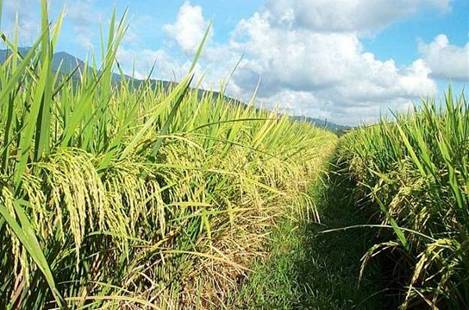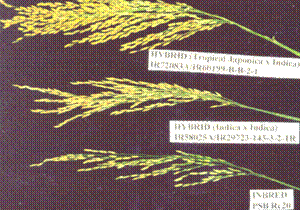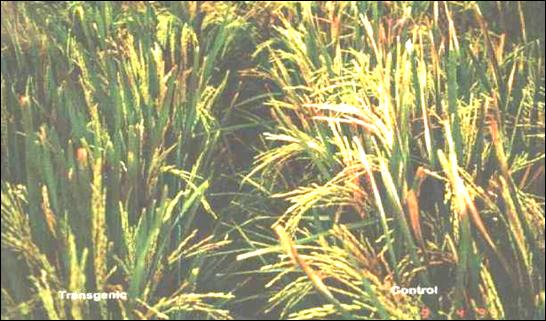|
|
|
|
|
|
|
|
|
|
|
|
|
Rice breeding methods |
|
|
|
|
|
|
|
|
|
Describe the difference between inbreds, hybrids and transgenic rice |
|
|
|
|
1. What is an inbred?
An inbred rice variety is a pureline. This means that the offspring or succeeding generations produced by this variety will have the same genetic makeup. It is the result of a cross between two or more different varieties and subsequent selection through several cycles of self-pollination or inbreeding. Normally, each rice flower contains both male and female organs. This allows the plant to reproduce itself through self-pollination or inbreeding, hence, the term inbred (without any intervention from man). Seeds harvested from an inbred variety can be used for the succeeding plant seasons without losing their varietal identity, provided cross-pollination with other varieties is avoided. Most of the rice plants in farmers' field today are inbred rice.
|
|
|
|
|
2. What is a hybrid?
A hybrid is the product of a cross between two genetically distinct rice parents. When the right parents are selected, the hybrid will have both greater vigor and yield than either of the parents. Hybrids have been released in China, India and the Philippines.
Hybrid rice (left) has a bigger yield than inbred rice (right)
The advantages of hybrid rice are:
Hybrid rice panicles (2 on top) and panicle from an inbred (below)
The disadvantages of hybrid rice are:
Click here to learn more about how to produce hybrid seed.
|
|
|
|
|
3. What is transgenic rice?
Broadly speaking “transgenic rice” refers to any rice plant that carries foreign gene(s) introduced through genetic engineering techniques. The transgene could be from micro-organisms or different plants. The gene is introduced directly into the cultured cells and/or organs (immature embryo) using biolistic or agrobacterium methods of transformation. Rice plants are regenerated from transformed cells and progenies and tested for the desirable agronomic trait(s) (eg. stem borer resistance).
Transgenic rice with Xa21 gene showing resistance to bacterial blight (left) and control plants infected with bacterial blight (right)
Transgenic rice is commonly referred as GM (genetically modified) rice. Transgenics are released into the environment after series of biosafety tests. However, very few transgenic rice varieties have been released and are available to farmers.
What are the different breeding methods to develop new and better varieties? |
|
|
|
|||
|
|
|
|
|
Next lesson |
|
This ends the course introduction. The next module is about the first step in the production of rice: Land preparation |
|


![obj[1]](obj_1_.gif)


